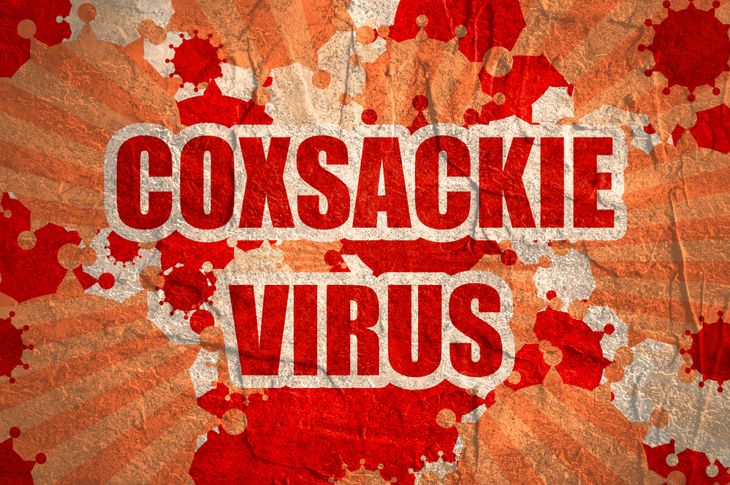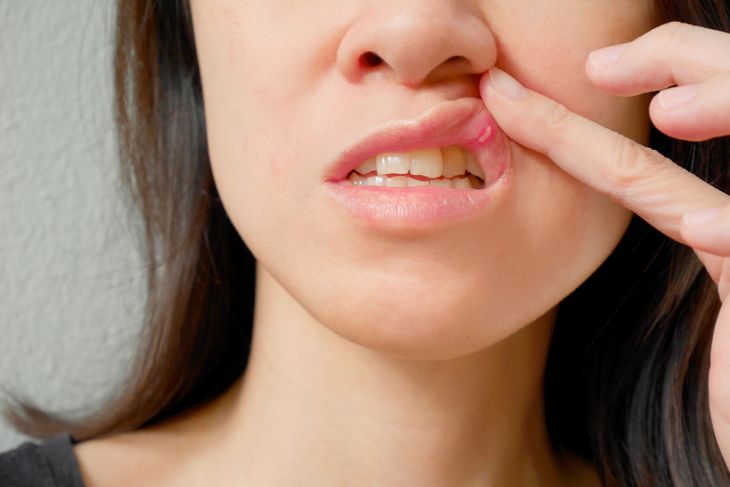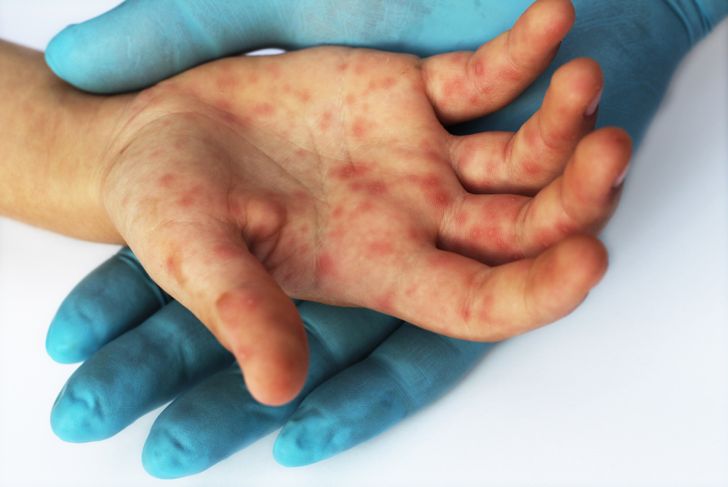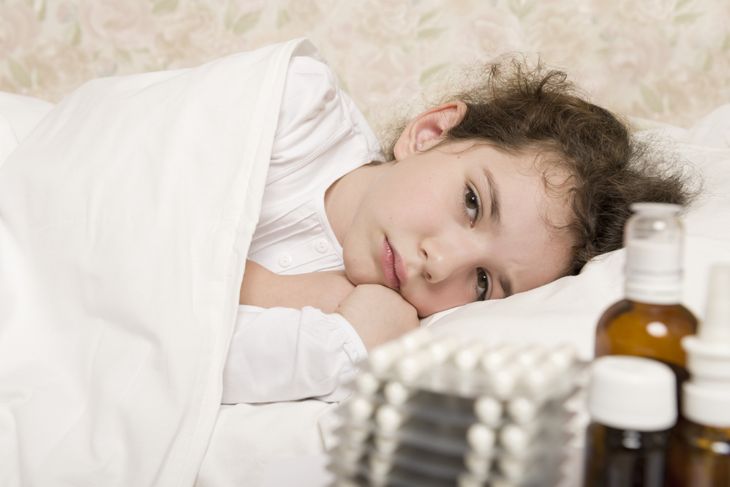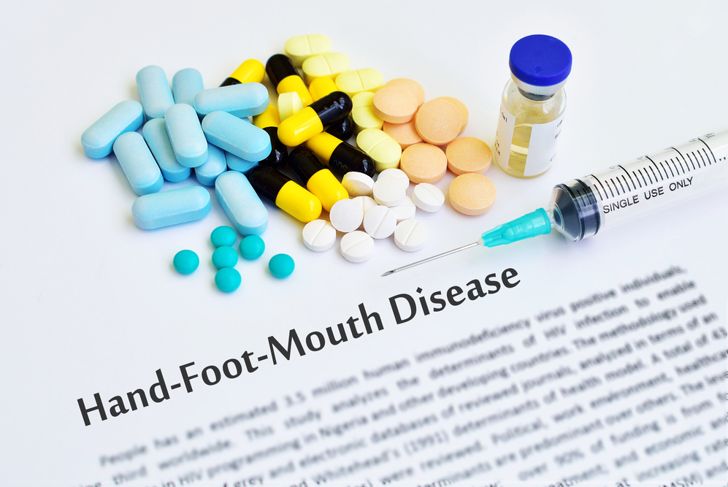Hand-foot-and-mouth disease or HFMD is a mild infection caused by the coxsackievirus that most often affects young children under the age of 10. Although the contagious disease has unpleasant symptoms that cause discomfort, it is not life-threatening.
The Coxsackievirus
Coxsackievirus A16 is the most common cause of hand-foot-and-mouth disease. It belongs to the family of non-polio enteroviruses. Other organisms in this family, including enterovirus 71, can also cause the infection but is more common in children who live in East and Southeast Asia. The virus is more prevalent in the summer and fall seasons, though it can spread year-round in tropical climates.
Spreading the Virus
The virus causing hand-food-and-mouth disease is contagious and can spread with person-to-person contact such as coughing or sneezing. Fluid from blisters, saliva, and stool can also spread the virus. An individual who touches a surface someone with the virus touched previously can also contract it. Due to this ease of transmission, the disease is common in daycare settings and other childcare situations, as children often put their fingers in their mouths. Adults can spread the virus even if they do not have symptoms of hand-foot-and-mouth disease, and children are contagious during the first week of their infection. Even after the symptoms pass, the virus can stay in the body and infect others for days or weeks afterward.
Symptoms: Fever
The incubation period is the time between initial contact with the virus and the onset of symptoms. A fever is usually the first sign of this infectious disease and appears three to six days after infection. Hand-foot-and-mouth disease is normally a mild illness, so the fever should last at most a few days.
Symptoms: Sore Throat
In most cases, a sore throat develops a day or two after the fever begins. This early symptom of hand-foot-and-mouth disease is a result of painful bumps that develop on the throat or inside the mouth, though the pain may begin before the bumps are noticeable.
Symptoms: Bumps or Blisters
Bumps inside the mouth can form on the tongue, gums, or inner cheeks and may be painful and red or become lesions. They make it painful to swallow, as well, but continuing to eat and drink are essential for ensuring the body has what it needs to fight the virus. Parents who notice their infant is refusing fluids should see a doctor immediately.
Symptoms: Rash
In addition to bumps inside the mouth, hand-foot-and-mouth disease also causes a rash on the hands and feet. The rash develops one to two days after the mouth bumps appear and is usually red but does not itch. Blisters, flat spots, or sores may also be mixed in with the rash and can develop on the knees, elbows, and buttocks as well.
Symptoms: Malaise
Hand-foot-and-mouth disease causes malaise, a generalized feeling of being unwell. Besides feeling rundown, infants and toddlers may become more irritable than normal. A loss of appetite can develop as well, another sign of HFMD. If the symptoms worsen after a few days, it is important to contact a doctor right away.
Treatment: Over-the-Counter Medication
Hand-foot-and-mouth disease usually does not require medical attention, as symptoms go away on their own within a week. Pain medication can help ease the symptoms, but acetylsalicylic acid is not recommended because it can lead to a potentially fatal illness called Reye’s syndrome in children. Acetaminophen and ibuprofen, as well as numbing mouth sprays, may help. A doctor can confirm the safety of any over-the-counter medications and recommend the best option.
Treatment: Topical Cream or Anti-Itch Lotion
Although there is no specific treatment for hand-foot-and-mouth disease, the doctor may offer a topical, oral anesthetic to ease the pain of mouth bumps and help the child eat and drink. A topical cream can soothe the rash. Calamine is an anti-itch lotion that can offer instant relief and is available in pharmacies.
Treatment: Food and Beverages
Several at-home remedies can ease the symptoms of hand-foot-and-mouth disease. For example, children with the infection should avoid eating salty or spicy foods that can irritate the mouth or throat. Acidic foods and beverages like citrus fruits or soda pop can also cause irritation. Foods that do not require a lot of chewing are ideal. Sucking on popsicles or ice chips can soothe mouth and throat discomfort. Milk can help coat the throat and relieve pain. Gargling with warm salt water after meals can reduce inflammation as well.

 Home
Home Health
Health Diet & Nutrition
Diet & Nutrition Living Well
Living Well More
More